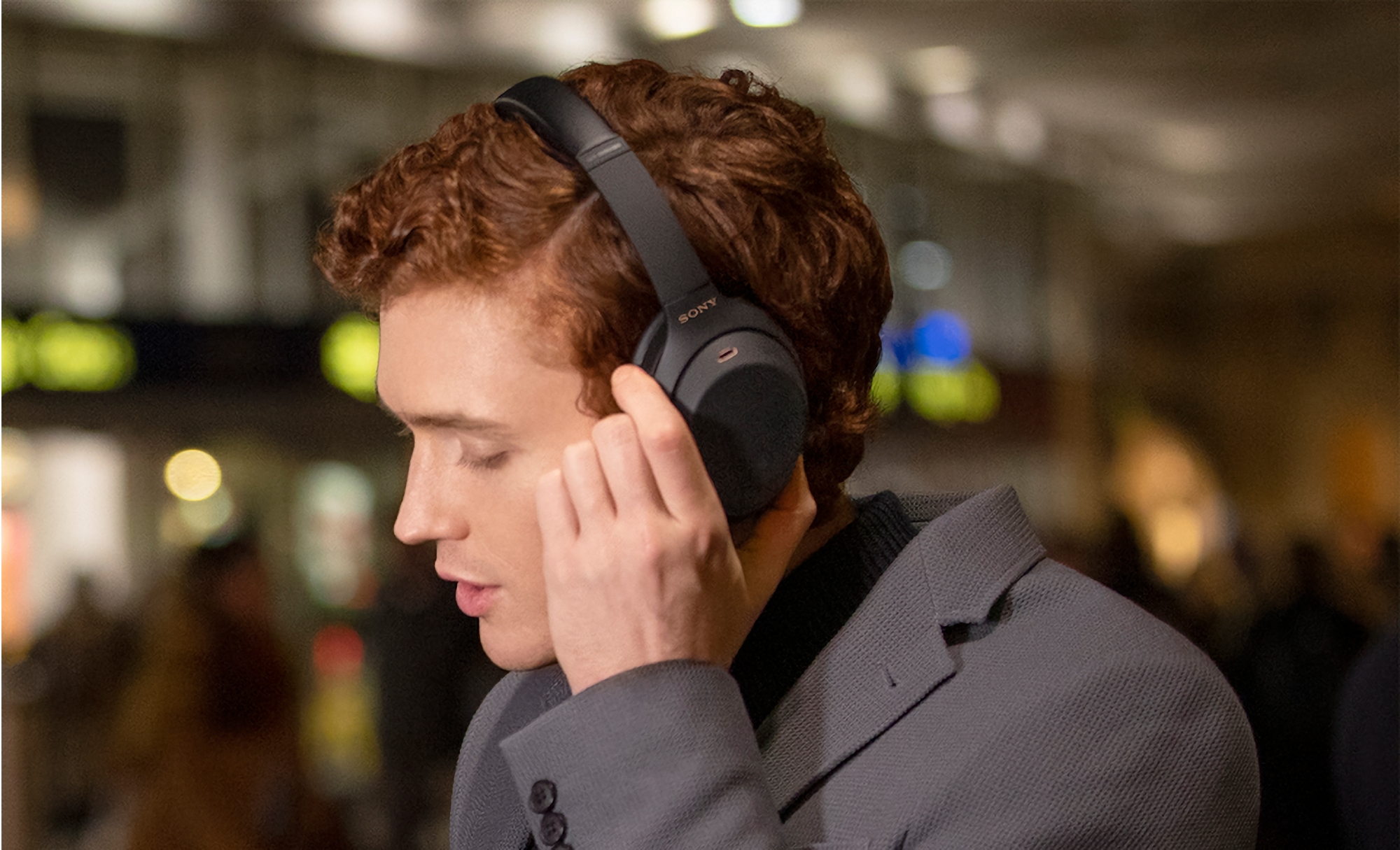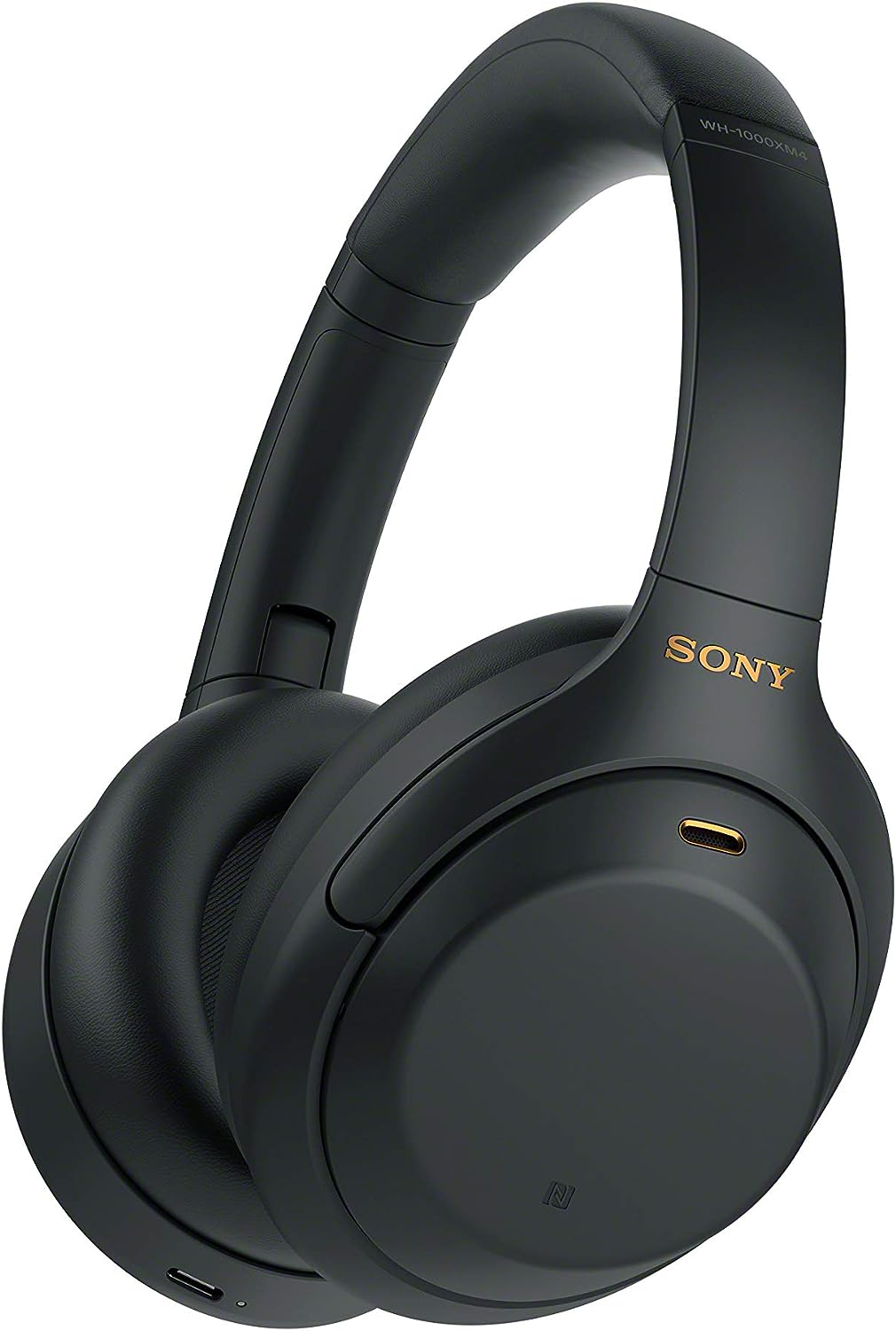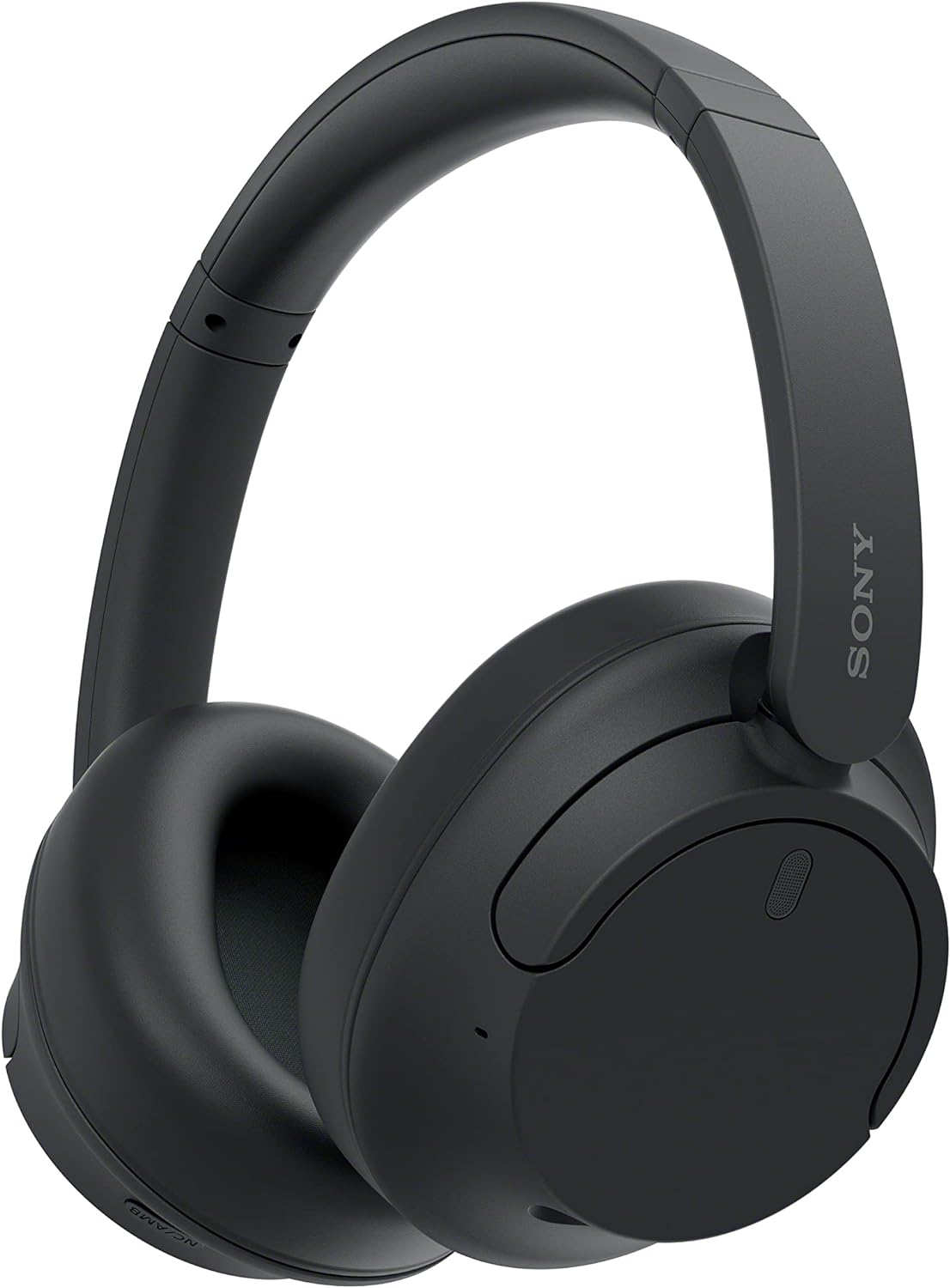It’s one thing to choose a brand. It’s another to choose between its best and its most practical. The Sony WH-1000XM4 and WH-CH720N sit on opposite ends of Sony’s headphone lineup—and depending on what kind of listener you are, that choice can be a no-brainer or a real head-scratcher.
We spent hours with both. On commutes, on Zoom calls, walking through crowded streets, bingeing late-night shows. And what we learned? This isn’t just a battle of price tags—it’s a matter of what kind of experience you expect from your headphones. So, do you need luxury or lean efficiency?
Let’s dive in.
Portability vs. protection: foldable luxury or featherweight practicality

First things first: these two look similar at a glance, but feel very different when you start packing them up.
The WH-1000XM4 folds. The WH-CH720N doesn’t. That might sound minor, but if you travel or commute regularly, it makes a world of difference. The XM4 folds into a compact, structured carrying case that keeps it protected. The CH720N? It only swivels flat, and comes with no case.
Yes, the CH720N is lighter—at just 192g, it feels like air. But that lightness comes with a cost. Its frame is thinner, its headband feels more flexible (read: flimsy), and the whole build has a more plastic-y vibe. The XM4, by contrast, feels more refined. It’s heavier, yes, but it wears its weight like a well-fitted coat.
So if you want something light to toss in a bag, the CH720N won’t strain your shoulder. But if you want protection and sturdiness? XM4 wins, hands down.
Comfort: light as air or plush as a couch?
We were surprised how evenly matched these two are in comfort—just for different reasons.
The CH720N is incredibly light. You barely feel it, even after hours. The clamping force is gentle, and if you wear glasses, it’s one of the few over-ear options that doesn’t press your frames into your skull.
But that lightness comes with thinner pads, less isolation, and a feeling that it’s perched on your head rather than hugging it. After a few hours, we started missing that cushioned, close fit.
The WH-1000XM4 delivers that hug. Its ear cushions are thicker, deeper, and more sculpted, and the headband padding spreads pressure evenly across the top of your head. It’s heavier, yes—but that weight melts away with the right fit.
If you value long-term comfort and don’t mind a bit of heft, the XM4 feels like slipping into something premium. But if you need something ultralight for all-day wear, the CH720N holds its own.
Controls: sleek gestures vs. good old buttons
Here’s a fork-in-the-road moment.
The WH-1000XM4 uses touch gestures on the right ear cup. Swipe up for volume, double-tap to play/pause—it’s slick. Futuristic, even. But you better get used to it, because a stray brush while adjusting the fit can skip a track or pause your music. That gets old fast.
The CH720N keeps it simple with physical buttons. Volume, playback, ANC toggle—they’re all clicky and obvious. No second-guessing. If you’re walking, working out, or wearing gloves, you’ll prefer the old-school tactile feel.
So it’s polish vs. precision. Flash vs. function. Pick what you’ll enjoy more day to day.
Sound quality: studio-grade detail or relaxed clarity?

Let’s not sugarcoat it: the WH-1000XM4 is still one of the best-sounding wireless headphones out there. Bass is deep but controlled, mids are clean, and highs don’t get harsh. It’s balanced, full, and tuned to flatter almost every genre.
Vocals have space. Instruments have texture. There’s actual separation—you can close your eyes and feel the layers. And thanks to LDAC support, it can squeeze out even more detail from high-res audio sources.
The CH720N doesn’t compete, but it doesn’t disappoint either. Its sound is clear, pleasantly warm, with decent bass presence and no real distortion at higher volumes. But the edges are softer. The highs lack sparkle, the lows lack punch, and the imaging is more blur than precision.
If you listen casually, the CH720N gets the job done just fine. But if you care about detail and depth, the XM4 earns its price tag.
Noise cancellation: gold standard vs. good enough
We tested them in traffic. On a train. With music off and a podcast playing. Here’s what stood out:
The WH-1000XM4 is still elite when it comes to ANC. It adapts in real time, blocks out deep rumbles and high-pitched chatter, and creates this eerie silence that never feels forced. It’s magic—seriously.
The CH720N? Not bad. It knocks out consistent noise—airplane hums, fan buzz, AC units. But start adding conversation or city chaos, and more sound leaks through. It’s a first step into ANC, not a final destination.
If you’re trying to study, sleep, or work in loud places, the XM4 is the better bet. If you just want some peace on the train, the CH720N is totally passable.
Battery life: you’re not losing either way

This is the one category where both are excellent. The CH720N gives you up to 35 hours with ANC on, and the XM4 comes in around 30 hours, depending on settings. Either way, they’ll last for multiple days before you even think about charging.
And if you’re in a rush? The XM4 can get 5 hours of playback from a 10-minute charge. That quick boost can be a lifesaver.
So you’re not sacrificing longevity either way—but the XM4’s fast charging gives it a tiny edge.
Connectivity: smart and seamless on both
Sony didn’t skimp here. Both headphones support multipoint connection, so you can pair to your laptop and phone at the same time. Phone rings? It switches automatically. Back to music on your computer? No fuss.
Bluetooth is stable. Call quality is decent. And both offer voice assistant support if that’s part of your workflow.
In daily use, we didn’t experience any real difference between the two—which is great news if you’re leaning toward the CH720N and still want modern Bluetooth features.
Customization and features: no contest
Both headphones work with the Sony Headphones Connect app, but the depth of control isn’t equal.
The WH-1000XM4 gives you everything: adaptive ANC, ambient sound levels, location-based sound profiles, Speak-to-Chat, EQ, LDAC toggles, and more. It’s a control center.
The CH720N? You get a basic EQ, ANC on/off, and firmware updates. That’s about it. And honestly, it’s fine—it fits the simpler goal of the device.
But if you like to tinker, adjust, and tailor your sound, the XM4 gives you the playground.
Codec support and audio extras: premium perks only

The XM4 supports LDAC, Sony’s high-res Bluetooth codec. If you’re streaming from a compatible source, you’ll hear a clear difference in texture and fidelity.
The CH720N sticks with SBC and AAC, which are good enough for Spotify or YouTube, but don’t unlock the full potential of lossless or hi-res files.
And let’s not forget the XM4’s support for 360 Reality Audio, which can be hit or miss depending on content—but when it hits, it adds a cinematic touch to music. That’s absent on the CH720N.
So if you’re an audio nerd or stream from Tidal, you’ll miss the extras on the CH720N.
Durability: light doesn’t always mean travel-ready
This part surprised us.
The WH-CH720N may be lightweight, but it feels less durable. No case. No folding hinges. If you toss it in a backpack unprotected, it’ll likely come out scratched—or worse.
The WH-1000XM4 is built tougher, and the included case is a lifesaver. The hinges feel secure. The materials feel thicker. It’s a product meant to survive being used, packed, dropped, and kept for years.
For travel or daily wear, we’d trust the XM4 more over time.
So—what’s worth it?
Here’s what it comes down to:
The WH-CH720N is perfect if you want light weight, decent ANC, solid sound, and great battery life—without overpaying. It’s a great first pair of noise-canceling headphones or a backup for travel.
But the WH-1000XM4 is better in every meaningful way. The sound is richer. The ANC is best-in-class. The build is sturdier. The features are smarter. You don’t just hear the difference—you feel it.
If budget is tight or your needs are basic, you’ll be happy with the CH720N. But if you’re looking for headphones that deliver across the board—and still feel high-end two years from now—the WH-1000XM4 is worth every extra dollar.


